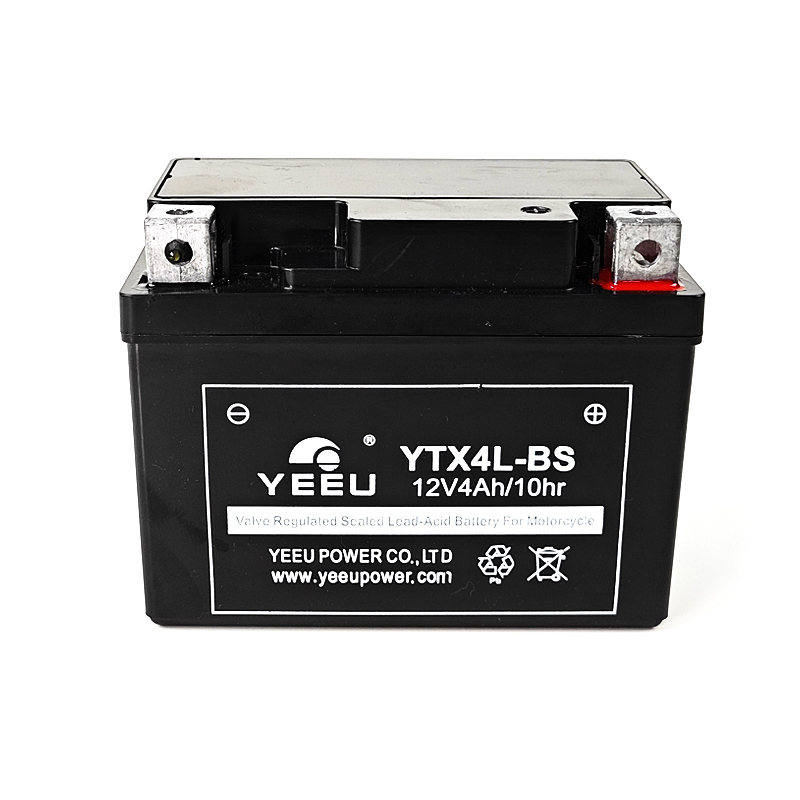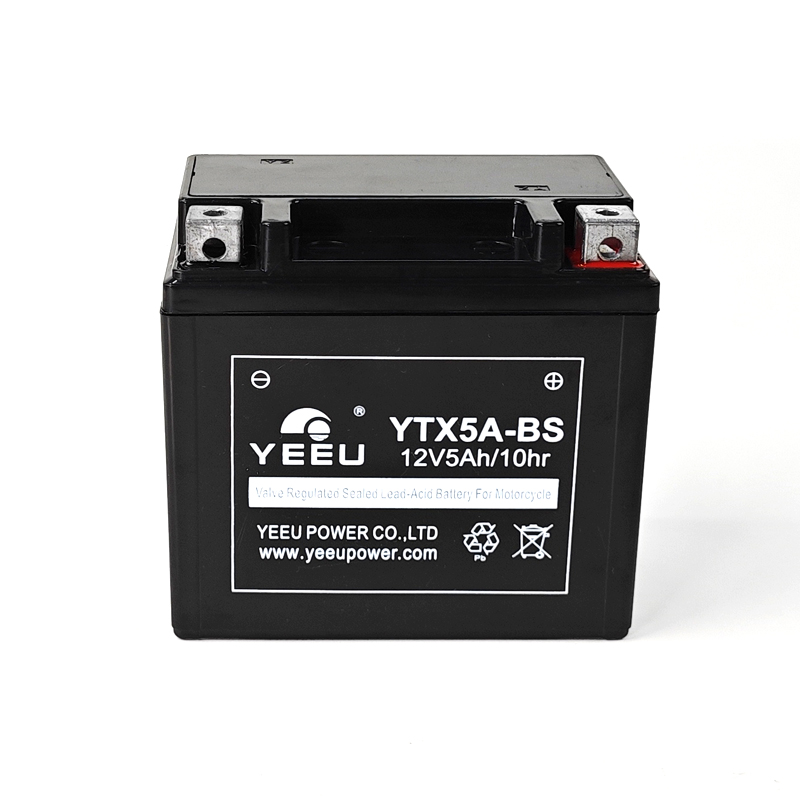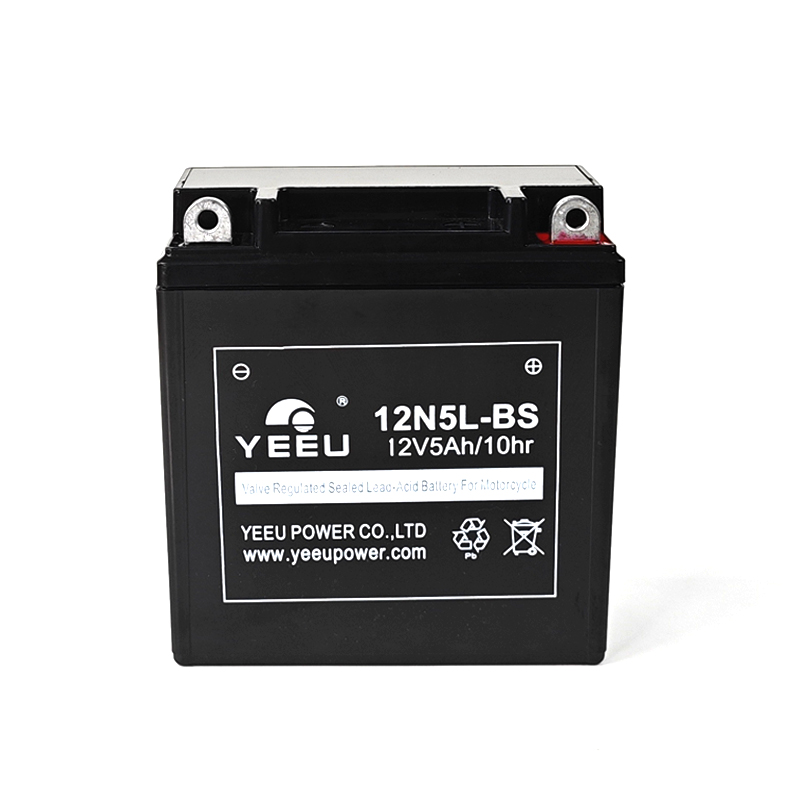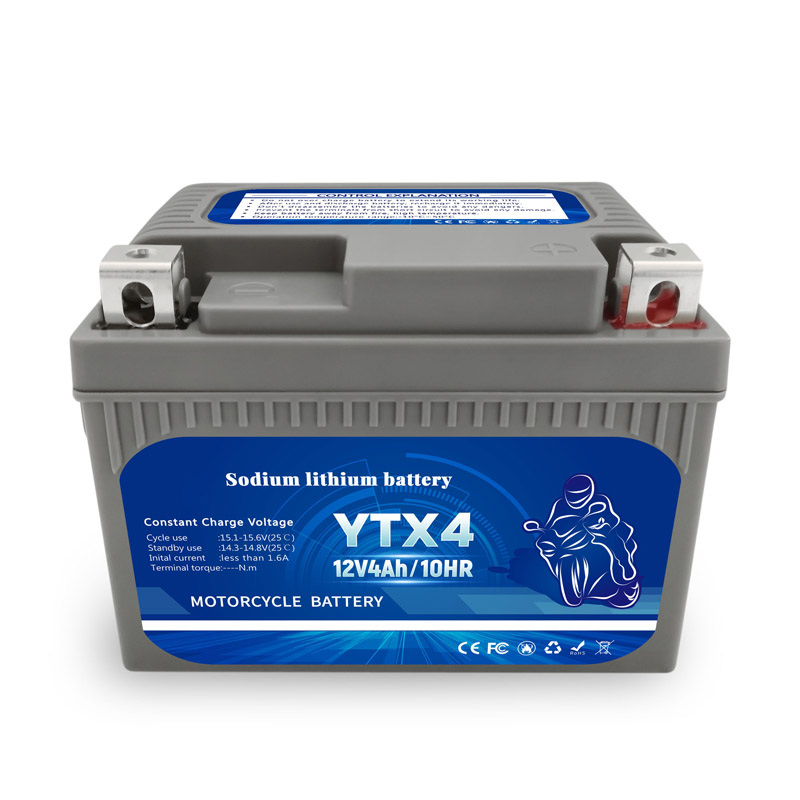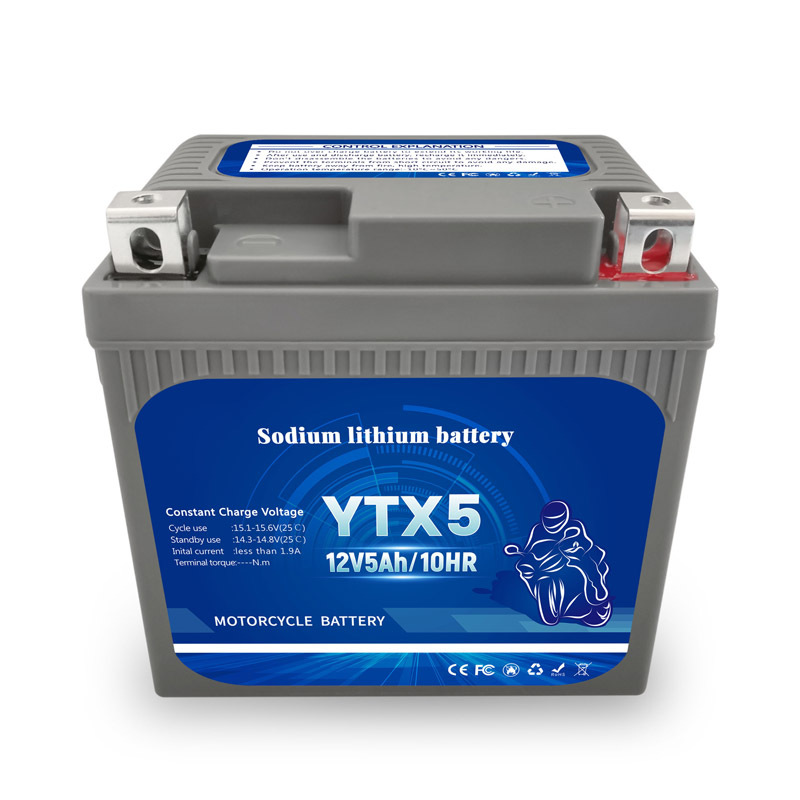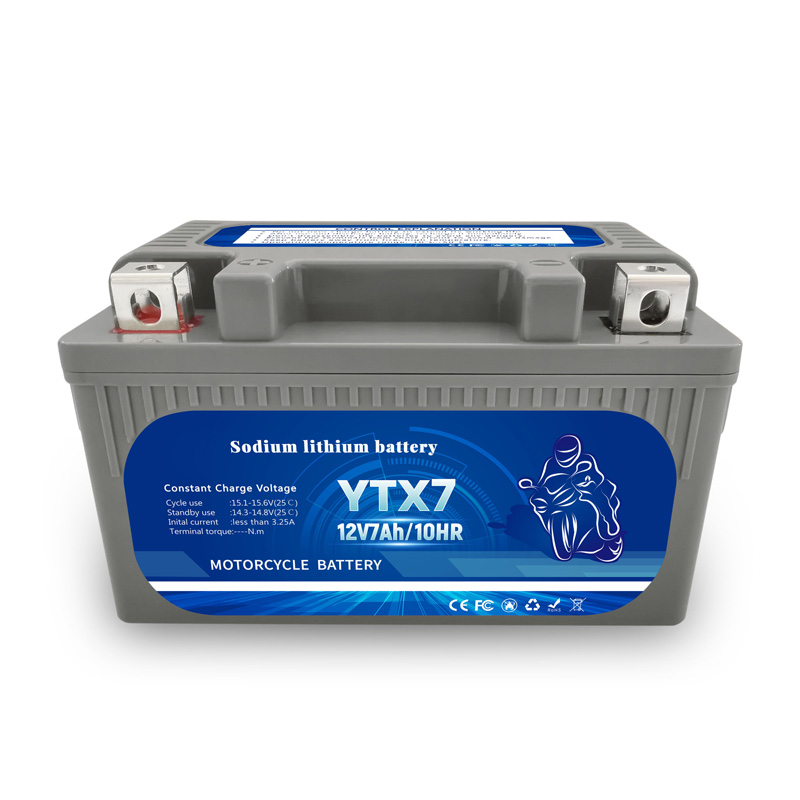Lead-acid Maintenance Free Batteries and Sodium-ion Batteries both can be used in motorcycles, but they have different characteristics and performance. This blog is about a comparison between lead-acid motorcycle batteries and sodium-ion motorcycle batteries.
 Chemistry: Lead-acid batteries use a combination of lead plates and an electrolyte solution of sulfuric acid.
Chemistry: Lead-acid batteries use a combination of lead plates and an electrolyte solution of sulfuric acid.
 Energy Density: Lead-acid batteries have a relatively lower energy density compared to other battery chemistries, which means they have a limited capacity to store energy.
Energy Density: Lead-acid batteries have a relatively lower energy density compared to other battery chemistries, which means they have a limited capacity to store energy.
 Weight: Lead-acid batteries are generally heavier compared to other battery types.
Weight: Lead-acid batteries are generally heavier compared to other battery types.
 Lifespan: Lead-acid batteries have a moderate lifespan and may require replacement after a few years of use.
Lifespan: Lead-acid batteries have a moderate lifespan and may require replacement after a few years of use.
 Low-Temperature Performance: Lead-acid batteries may experience reduced performance in extremely cold temperatures.
Low-Temperature Performance: Lead-acid batteries may experience reduced performance in extremely cold temperatures.
 Maintenance: Lead-acid batteries require regular maintenance such as checking electrolyte levels and maintaining proper charging habits.
Maintenance: Lead-acid batteries require regular maintenance such as checking electrolyte levels and maintaining proper charging habits.
 Availability and Cost: Lead-acid batteries are widely available and relatively cost-effective compared to some other battery chemistries.
Availability and Cost: Lead-acid batteries are widely available and relatively cost-effective compared to some other battery chemistries.
 Environmental Impact: Lead-acid batteries contain toxic lead and sulfuric acid, which require proper recycling and disposal methods to minimize environmental impact.
Environmental Impact: Lead-acid batteries contain toxic lead and sulfuric acid, which require proper recycling and disposal methods to minimize environmental impact.
Sodium-ion Motorcycle Battery
 Chemistry: Sodium-ion batteries use sodium as the active material in their electrodes, which is in the form of sodium-ion chemistries.
Chemistry: Sodium-ion batteries use sodium as the active material in their electrodes, which is in the form of sodium-ion chemistries.
 Energy Density: Sodium-ion batteries generally offer higher energy density compared to lead-acid batteries, providing a higher capacity to store energy.
Energy Density: Sodium-ion batteries generally offer higher energy density compared to lead-acid batteries, providing a higher capacity to store energy.
 Weight: The weight of sodium batteries can vary depending on the specific chemistry used but is generally comparable to or lighter than valve regulated sealed lead-acid batteries.
Weight: The weight of sodium batteries can vary depending on the specific chemistry used but is generally comparable to or lighter than valve regulated sealed lead-acid batteries.
 Lifespan: Sodium-ion batteries can have a longer lifespan compared to sealed lead-acid batteries, but the specific lifespan may vary depending on the chemistry and usage conditions.
Lifespan: Sodium-ion batteries can have a longer lifespan compared to sealed lead-acid batteries, but the specific lifespan may vary depending on the chemistry and usage conditions.
 Temperature Performance: Sodium-ion batteries can handle a wider range of operating temperatures compared to lead-acid batteries.
Temperature Performance: Sodium-ion batteries can handle a wider range of operating temperatures compared to lead-acid batteries.
 Maintenance: Sodium batteries may require less maintenance compared to lead-acid batteries, depending on the specific chemistry used.
Maintenance: Sodium batteries may require less maintenance compared to lead-acid batteries, depending on the specific chemistry used.
 Availability and Cost: Sodium-based batteries may have limited availability and higher costs compared to lead-acid batteries. They may also be less commonly used in motorcycle applications.
Availability and Cost: Sodium-based batteries may have limited availability and higher costs compared to lead-acid batteries. They may also be less commonly used in motorcycle applications.
 Environmental Impact: Sodium-based batteries generally do not contain toxic materials like lead and sulfuric acid. However, the environmental impact may depend on the specific chemistry and its recycling/disposal methods.
Environmental Impact: Sodium-based batteries generally do not contain toxic materials like lead and sulfuric acid. However, the environmental impact may depend on the specific chemistry and its recycling/disposal methods.
In conclusion, it's important to consider factors such as energy requirements, weight, lifespan, temperature performance, and cost when choosing the appropriate type of battery for a motorcycle. Additionally, consulting with a motorcycle expert or referring to the motorcycle battery manufacturer's recommendations can help make an informed decision.
